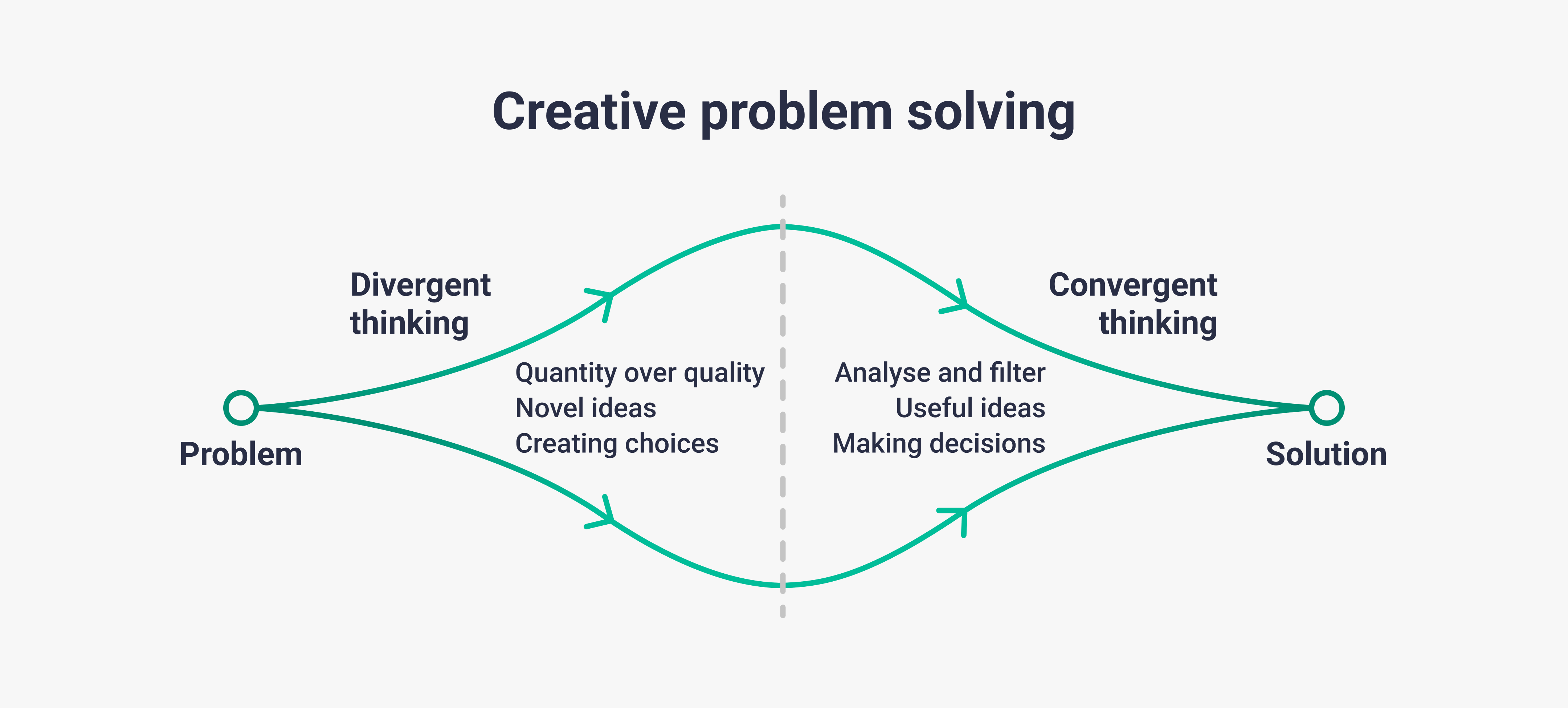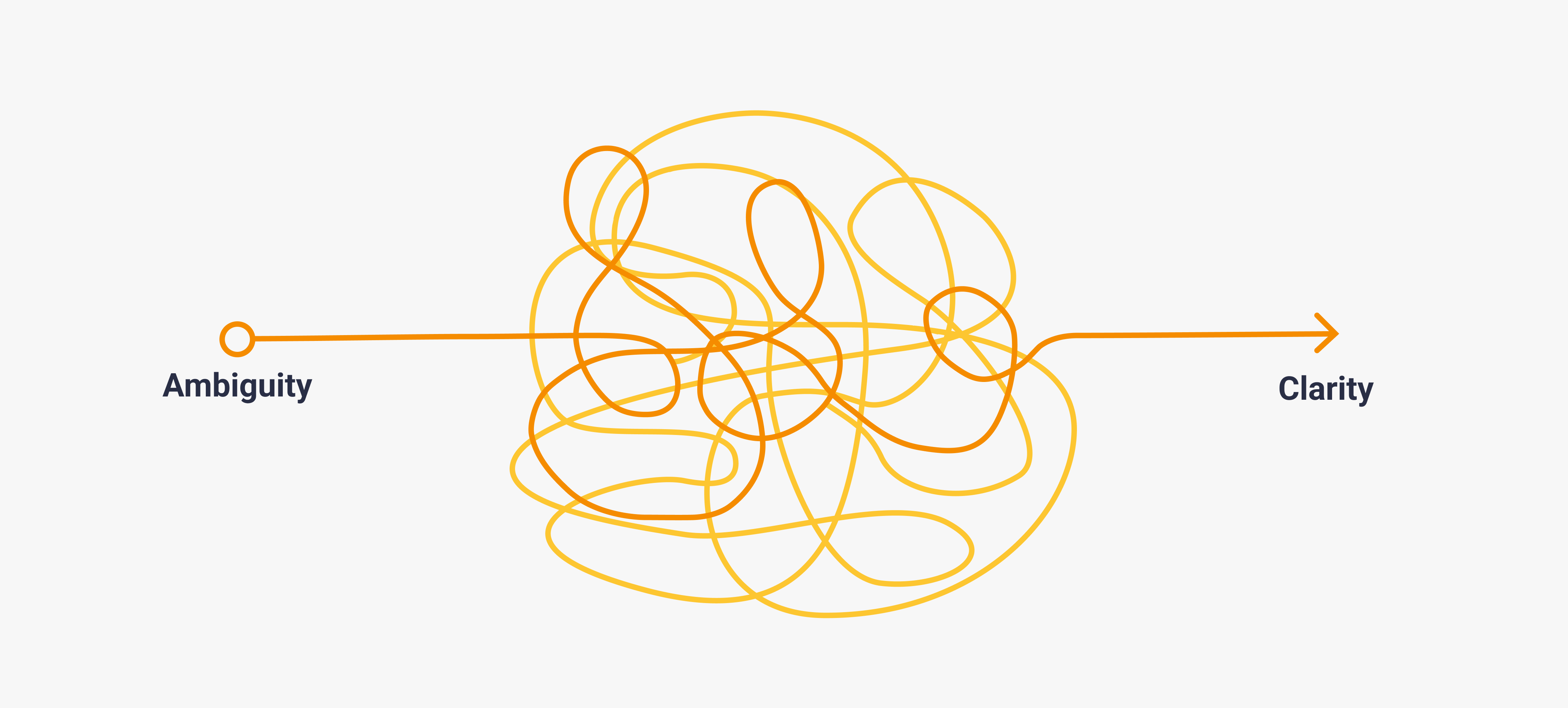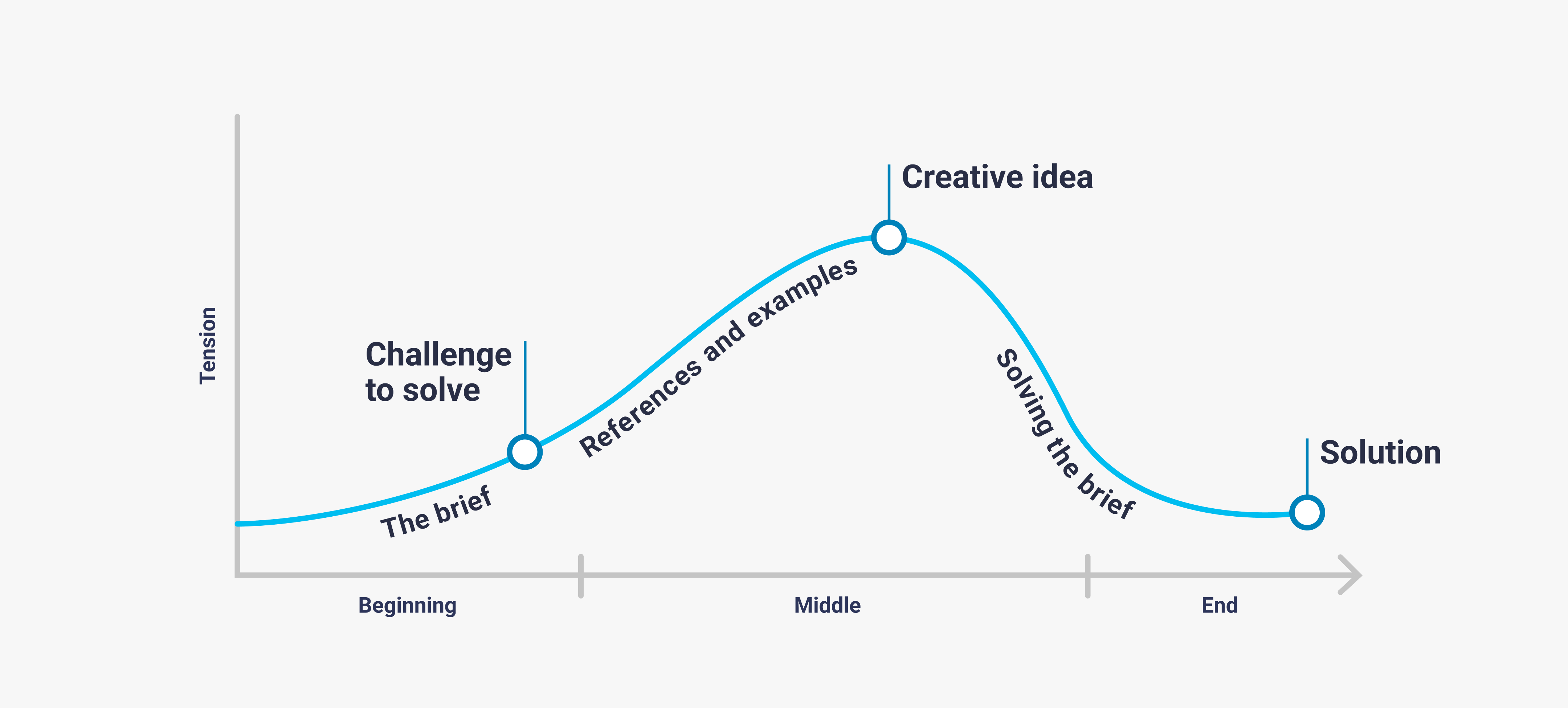Discovering ideas is a unique and personal process. The key lies in uncovering what resonates with you individually and crucially liberating yourself from the confines of your desk or computer.
Embrace every idea as a catalyst for innovation, igniting the path towards new creative breakthroughs. Recognise that ideas are driven by the desire to solve problems, for ideas without a problem to solve rarely lead to meaningful outcomes.
In this article, we will explore the key strategies that pave the way towards the development of excellent ideas:
- Inspiration
- The creative process
- Cultural relevance
- Disruption and creative bravery
- The value of creative collaboration
- Unleashing the power of your ideas
- Unleashing the power of sharing your ideas
1. Inspiration
“An idea is nothing more and nothing less than two things connected in a totally new way” Patrick Collister
Inspiration is the driving force behind all ideas, compelling action and creation. To foster a constant flow of ideas, expose your mind to diverse sources, expanding your range of stimuli. Seek inspiration everywhere, staying alert and marvelling at the world around you. Explore books, music, art, travel, discussions, and research to draw inspiration from others’ remarkable work.
To ensure easy access to your inspiration, find a method to capture and preserve it. Whether through notebooks, digital bookmarks, or other means, create a unique collection. Curate and expand this collection over time.
“You’ve got to fill yourself up with inspiration. If you’re not filling yourself up, it’s really hard to have ideas.”
Tony Davidson

2. The creative process
The idea of creativity as a magical process is a common misconception fueled by our fascination with the human brain and our limited understanding of its workings. Understanding your own creative process is a personal choice, but it’s incorrect to see creativity as an inexplicable alchemy or a perfectly systematised endeavour.
Practical creativity involves two conflicting modes of thought: divergent thinking, which explores multiple perspectives through open-ended questions, and convergent thinking, which eliminates irrelevant thoughts using closed, rational questions.
Practical creativity emerges from the dialogue between these two modes of thought and serves as the foundational framework for problem-solving teams.

3. Cultural relevance
As creative professionals, we work in a commercial environment, but we mustn’t let it limit our thinking. Staying informed about technology, culture, and society is crucial, but we should approach trends cautiously, especially stylistic ones. This is where our inspiration libraries become invaluable. They allow us to explore ideas beyond the boundaries of the commercial creative industry, keeping our concepts fresh and innovative.
Understanding the problem and the commercial landscape is important, but we should never let them hinder our creativity. Balancing commercial awareness with the freedom to think creatively is the key to success.
“Cultural relevance is not something you can put in a box. It’s about how a business or brand makes sense at any time.”
Leila Fataar
4. Disruption and creative bravery
Bold and daring creative work produces remarkable results that captivate attention and leave a lasting impact on clients. However, it’s crucial to understand that bravery and fearlessness are not the same. Fear is an instinctive response that never truly disappears, but bravery is a conscious choice to act despite fear. It’s a discipline that can be cultivated and learned.
To create braver work, consider the following tips:
- Make it personal: Find the emotional aspect of the project that resonates with you and incorporate genuine emotion and human connection into your work. Embrace vulnerability and honesty.
- Embrace calculated risks: Successful creative endeavours involve taking risks. However, playing it safe carries a greater risk than taking calculated creative risks.
- Foster momentum: Replace perfectionism and self-doubt with curiosity and a playful mindset. Cultivate a sense of exploration and progress.
- Genuine bravery: True bravery means acknowledging what you don’t know and being unafraid to admit it. Embrace humility and acknowledge areas of uncertainty.
- Enjoy the process: The potential for bravery is limitless. Allow yourself to find joy and freedom in creative expression.
By embracing these principles, you can nurture your bravery and infuse your work with a fearless spirit, pushing the boundaries of creative excellence.
5. The value of creative collaboration
Collaborative ideation is crucial for validating and elevating our ideas, despite the fear of judgement or imitation. Trust is essential in successful creative collaborations, where shared ambition and different skill sets contribute to delivering outstanding results.
In today’s complex landscape, we must move beyond siloed team structures and embrace fluid ways of working. Cross-functional teams can collaborate seamlessly, blurring the lines between disciplines like advertising, PR, digital, and media.
These industry shifts offer exciting value contributions to great ideas within teams over individual originators. Divergent thinking is fostered through collaboration with diverse perspectives.
While collaboration is important, we shouldn’t overlook the power of solitude for the creative mind. Individual thoughts and perspectives matter. By embracing collaboration while honouring our individuality, we tap into the collective genius of diverse minds, leading to groundbreaking creative outcomes.
6. Unleashing the power of your ideas
Generating ideas is just the beginning. The real work begins when we test and refine our ideas, overcoming challenges along the way. This journey is filled with a range of emotions, from awe and excitement to frustration and disappointment. But it also brings moments of sheer joy and exhilaration.
Nurturing great ideas requires effort. Engage someone unfamiliar with your work to gain a fresh perspective. Discard unpromising ideas and focus on those with potential. Enlarge and simplify your idea while enhancing its beauty.
Embracing failure is important, but it’s not about celebrating failure itself. Failure doesn’t pay the bills. Instead, learn from failures to improve. Fail early when adjustments are still possible, understand the reasons behind failure, and remember that even the most experienced creatives face failures.
By following these principles, we can push our ideas to their fullest potential and overcome the challenges that come our way.

7. Unleashing the power of sharing your ideas
Sharing and receiving feedback on our ideas is a vital step in the creative process. Despite the fear of rejection, it’s essential to gather valuable insights that can support and enhance our ideas.
When seeking feedback, take others on a journey that leads to your idea. Provide a concise summary of the brief and use anecdotes, references, and examples to ignite excitement.
When giving feedback, allocate dedicated time, listen attentively, gather your thoughts before sharing opinions, and build on existing elements for further development.
Evaluate ideas by seeking informed opinions and conducting research. Interrogate discomfort and consider it as an opportunity for growth.
Creative resilience is key when selling your ideas. Embrace the courage to persist with a resounding “YES” even when others may be sceptical. It’s your responsibility to find effective techniques and approaches to convince clients and team members.
Remember that selling ideas often involves asking others to step outside their comfort zones. This can be challenging but is a crucial aspect of our role as creative professionals.
Framework to structure presenting and sharing ideas:

Conclusion
In conclusion, the main takeaways are as follows:
Discovering Ideas: Embrace each idea as an innovation catalyst, motivated by the goal of problem-solving and generating significant results.
Creative Bravery: Being brave in creativity involves making it personal, embracing calculated risks, fostering momentum, practising genuine bravery, and finding joy in the process.
Collaboration: Collaborative ideation and the power of individual perspectives are essential for pushing the boundaries of creative excellence. Unleashing the power of ideas requires refinement, resilience, and a willingness to learn from failures.
Feedback: Sharing ideas and receiving feedback is vital, requiring effective communication and persuasive techniques to sell the vision.
Overall, creative professionals should nurture their creativity, embrace challenges, overcome obstacles, and use their ideas to impact the world positively.
Book a call
We’d love to talk to you about how Make it Clear can support your organisation. Book a call here.

